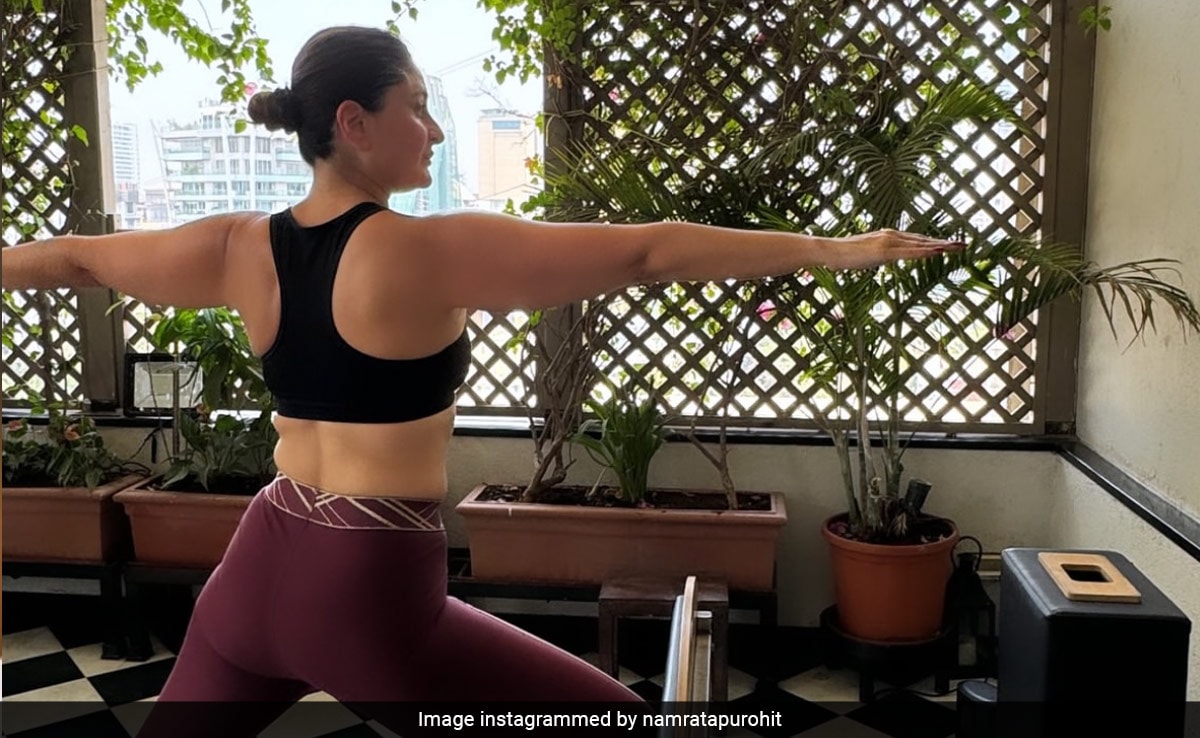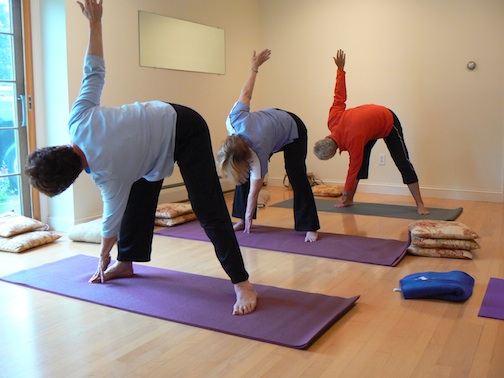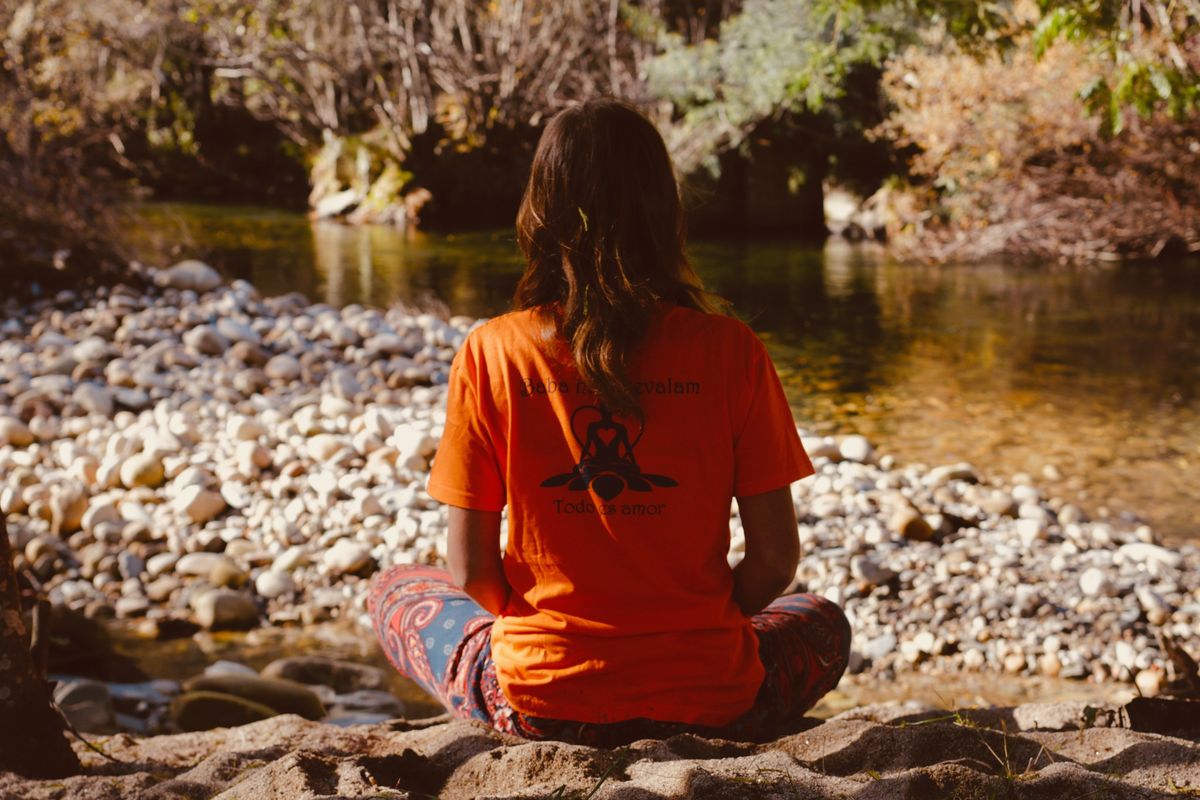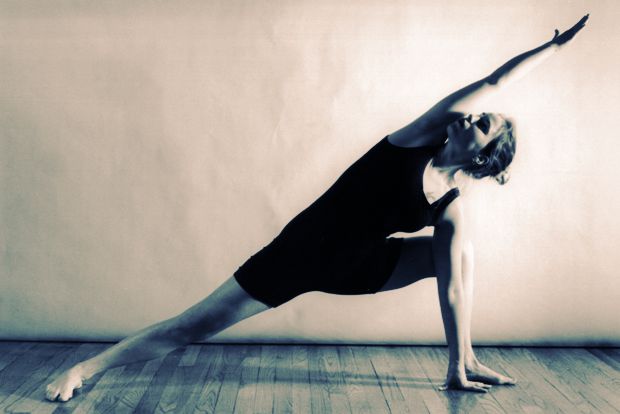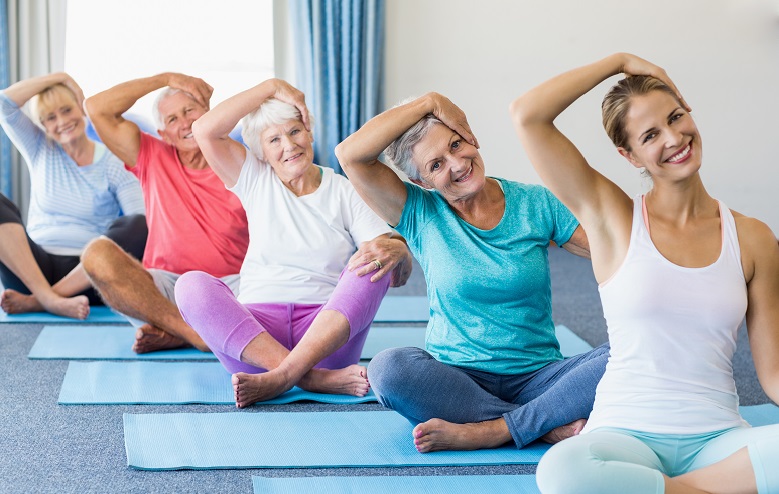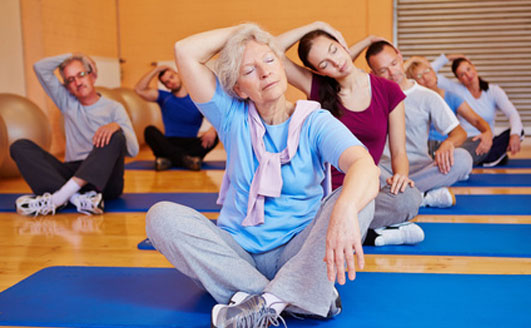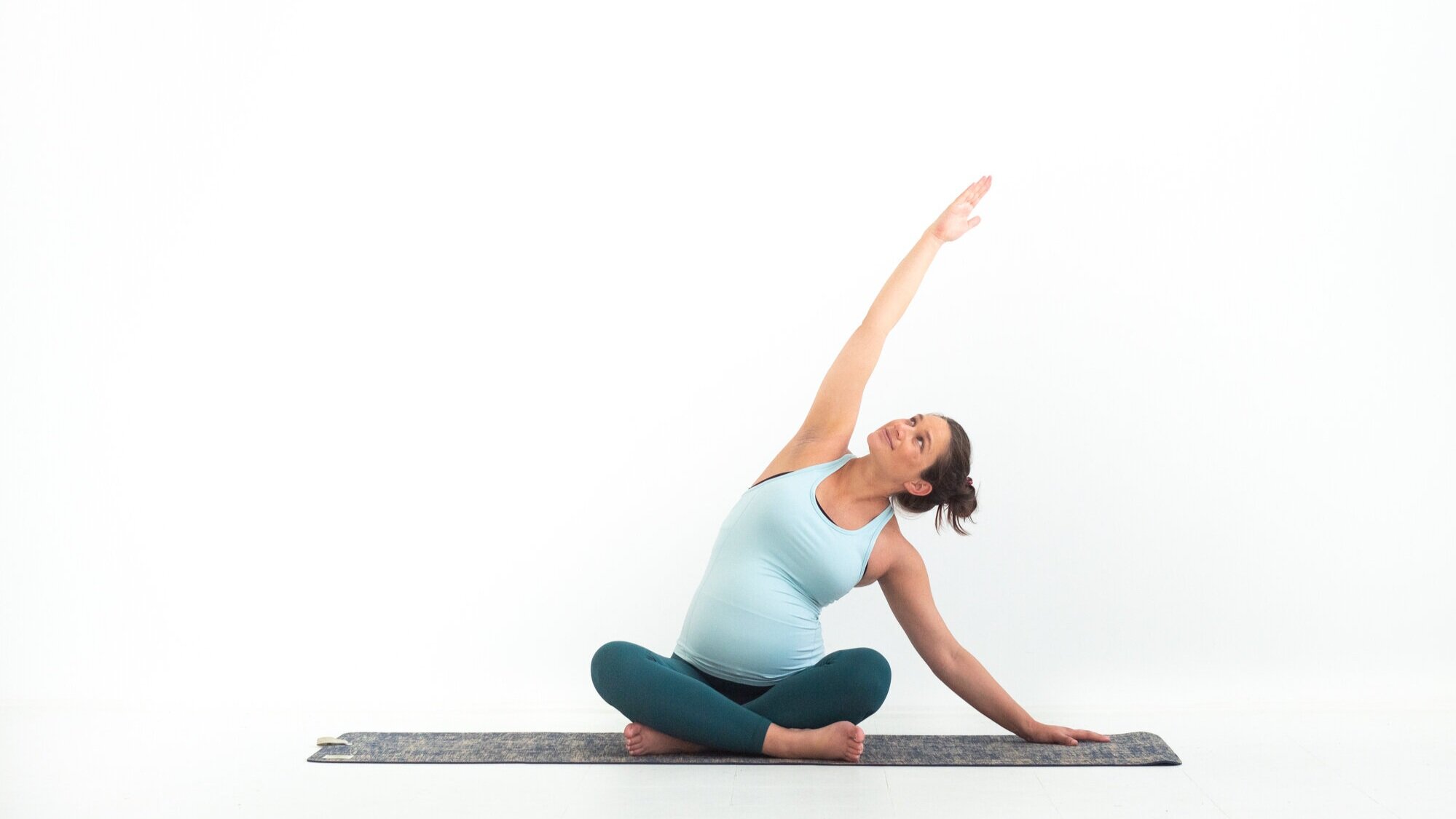7 Must-Experience Benefits of Yin Yoga Class
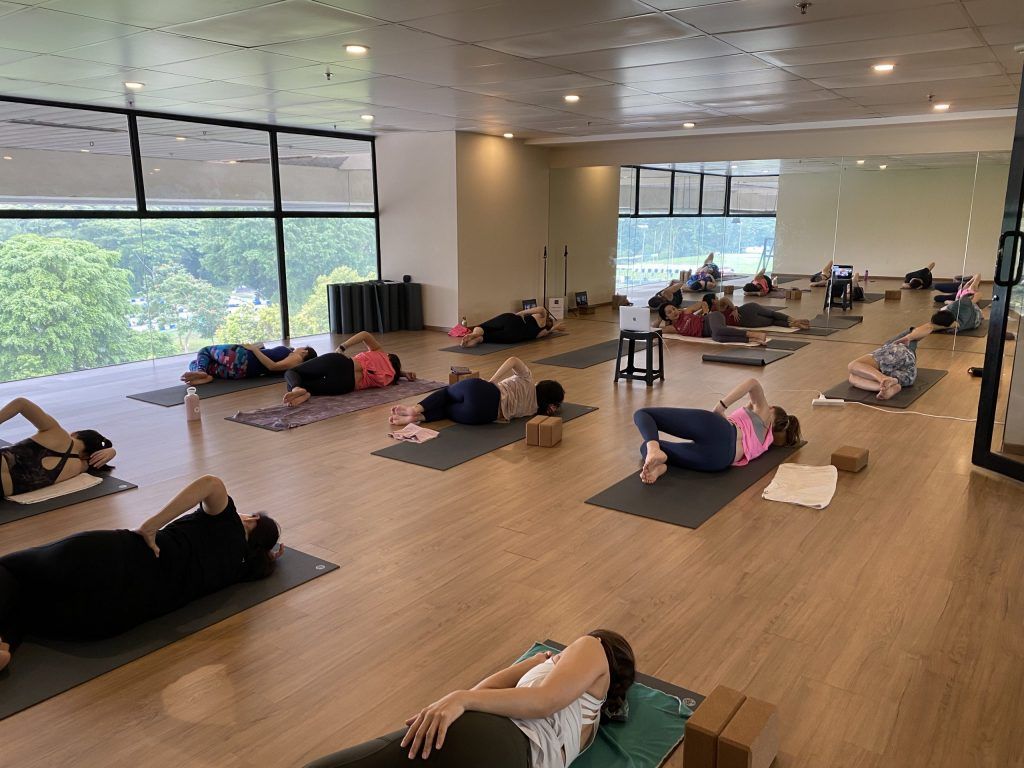
Our bodies are typically restless and habituated to a fast-paced lifestyle, mainly if you live in a city. However, moving around for a large portion of your time every day makes you more vulnerable to stress, generating mental and physical tension.
Yin yoga is a notable variation of yoga that emphasises the mind’s and body’s restorative aspects. It’s a contemplative and calming practice that helps you achieve your inner serenity. With day-to-day living now being incredibly active, frequently frantic, and always in a rush, it’s no surprise that Yin Yoga has stood up to the yogi scene. It gives a more relaxing, revitalising, stabilising practice with substantial advantages for mind, body, and spirit.
The beauty of yin yoga classes is that it allows you to develop and condition your body without resorting to aggressive exercises that leave you gasping for air after the session.
Yin Yoga — What It Is?
Slow-paced and immensely relaxing — that’s the kind of practice Yin yoga is. Yin yoga, in particular, is notable for its meditative qualities. Yin yoga targets the muscles, joints, bones, ligaments, and deep connective tissues within the body. Also, stretching and breathing exercises are other essential aspects of this routine.
The Yin class concentrates on working the deep connective tissues, whereas “yang” yoga concentrates on the muscles. It’s gentler and more contemplative, allowing you to focus within and connect to your thoughts and physical feelings. Yin yoga can help extend[……]

